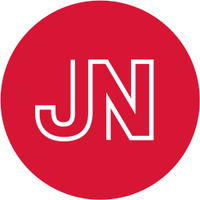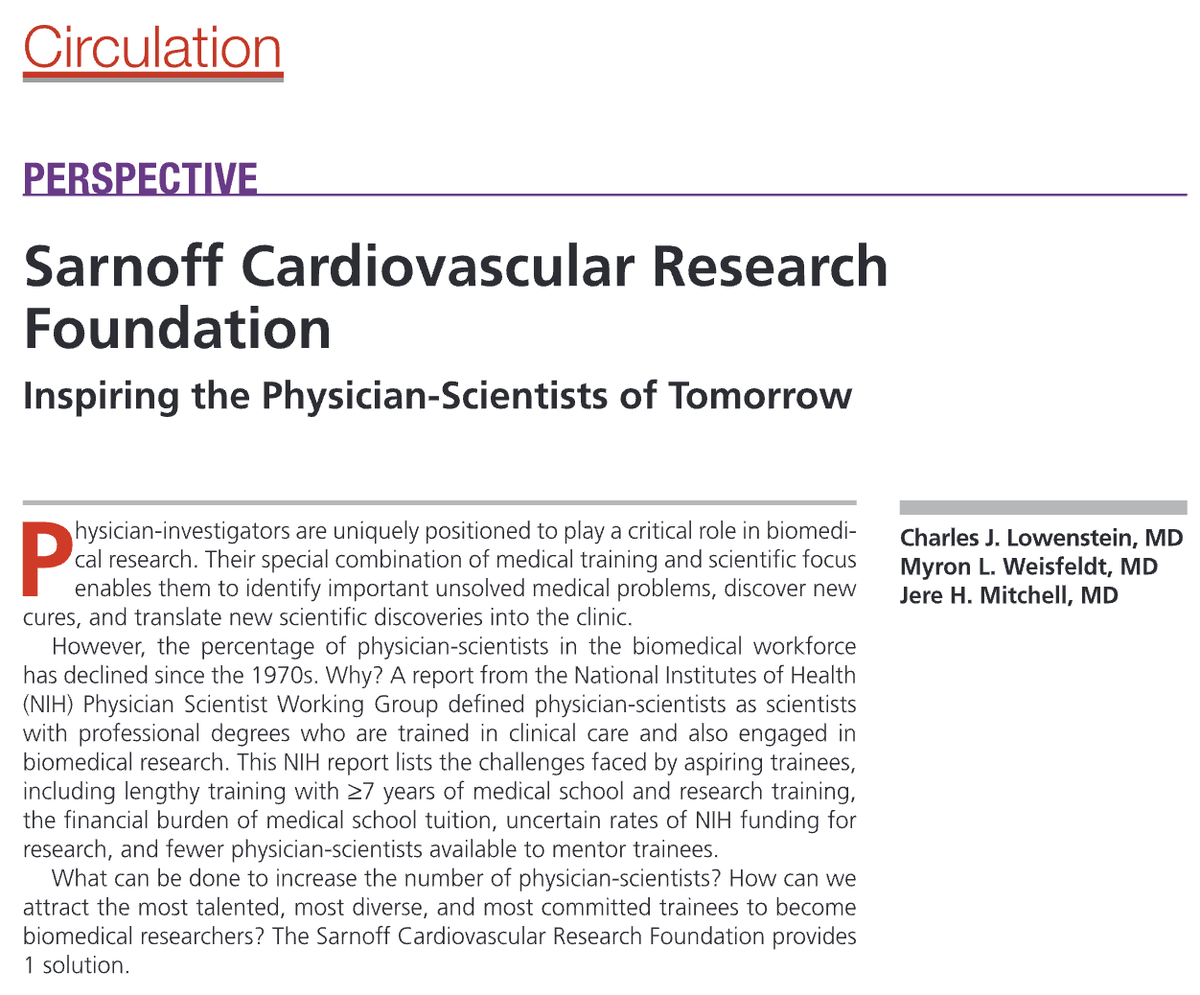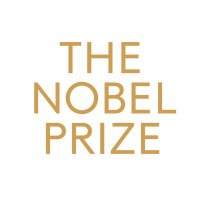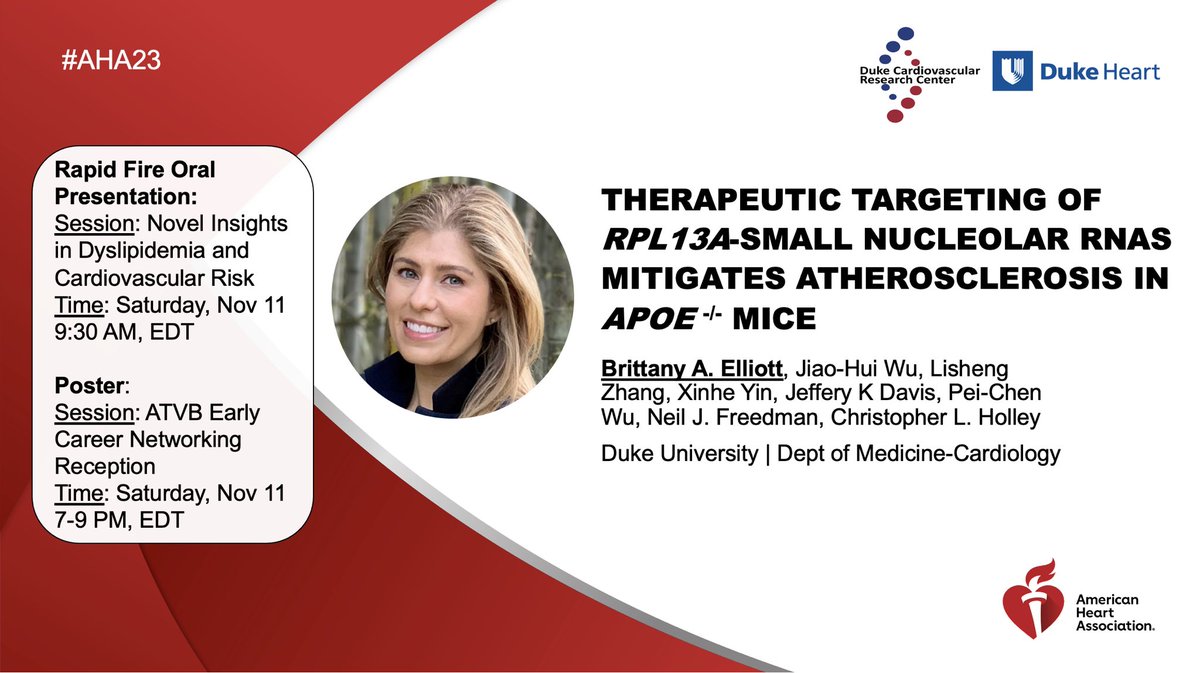
Holley Lab
@theholleylab
The Holley Lab at Duke University works to discover how non-coding RNAs and epitranscriptomic RNA modifications contribute to heart disease.
ID: 1146106695480836096
02-07-2019 17:21:44
143 Tweet
262 Takipçi
143 Takip Edilen


Duke is proud to be recognized as the #1 program in the U.S. for #hearttransplants in 2022, and the only program in the Southeast to transplant more than 1,800 heart and heart-lung transplants. Duke Heart | DukeCTSurgery

Manesh Patel followed his dream of making a difference, and to him, it’s a privilege. #AwardsWithHeart Read his full story: spr.ly/6013OMw0t Manesh Patel AmericanHeartNC




Learned so much from Katherine Zhou, MD, PhD and Holley Lab putting this together Keep an eye out for Katherine, she's a fantastic scientist! More to come soon 🧐 UNC RNA Discovery Center UNC Lineberger @chrisholley


Congrats to my wife Katherine Zhou, MD, PhD for her Conquer Cancer, the ASCO Foundation The Breast Cancer Research Foundation Young Investigator Award, in honor of the legendary Sandra, studying noncoding RNA mechanisms of #BreastCancer metastasis - collab b/w UNC Lineberger Chad Pecot, MD & Duke Department of Medicine Holley Lab. #ASCO24


Are you an MD student interested in research? Would strongly consider applying for the Sarnoff Foundation Fellowship. Scientific immersion with *unparalleled* longitudinal mentorship & exceptional peer network career-long. sarnofffellowship.com My biggest regret in med school was


Excited to share our latest work developing DART transgenic mice and using them to profile m6A in single cells of the mouse brain. A fantastic study led by Matt Tegowski with contributions from Holley Lab nature.com/articles/s4159…






NIH just made a drastic change to indirect cost rates, reducing the rate to 15%, a significant cut from the 60%+ some institutions charge. This will have a devastating effect on the nation’s medical research infrastructure. ResearchAmerica AAMC Yale School of Medicine grants.nih.gov/grants/guide/n…










